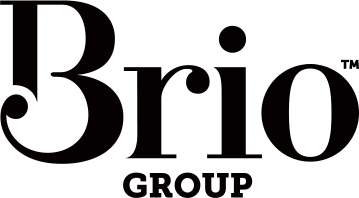Faux Food
Judging by the picture on the front of my pre-packaged roast meal, I was expecting to find something inside that George Calombaris would be proud of. Instead, I peeled back the wrapping to find something that resembled the bog of eternal stench (well, at least in appearance, perhaps not in scent).
The deception involved in some forms of food photography has long been public knowledge, but having been recently reminded of it by my pre-packaged roast, I have been inspired to take a closer look at the tricks and tools of the trade.
There are vague rules surrounding the use of these tricks; if a particular food item is to be the face of an ad campaign, for example, the picture must be of the actual food. But there is nothing to stop faux food masquerading in the background or being an attractive, yet entirely inedible, side-dish. Some of the favourites of the food-ographers are:

Motor oil, which is used in place of ugly syrups.
Cotton Balls, dipped in water and microwaved to give stone-cold food the appearance of being toasty warm.
Spray deodorant, for frosted grapes.
Blowtorch, used to brown the outside of raw beef patties and poultry.

Hairspray, which can be used to revive dried-out cake.
Spray-on fabric protector, which when applied to the top of pancakes, stops the motor-oil syrup from soaking in.
Syringes, filled with mashed potato to be injected under the skin of chickens to give them voluptuous breasts.
Brown shoe polish, again to give raw meat the appearance of being perfectly cooked.
White glue, in place of milk for cereal photos. Also used for artistically sticking stray sesame seeds to buns.
There are many more short-cuts out there, but these are some of the more common (and intriguing) ones. Saying this, there are many food purists out there who refuse to use anything artificial. I suppose at the end of the day it’s a lot like push-up bras, air-brushing and botox; it’s just making something look better than it actually is. Had the photo on the front of the packet been one of the actual contents, I would have not bought the product. After all, it’s just a professional doing their job, which is to get the best possible shot to sell the product. No-one is actually asking you to eat it, are they?
Source: http://photocritic.org/food-photo-tricks/
Insight from The Simpsons:

[A prop man is painting black spots onto white horses.]
Martin: Uh, sir, why don’t you just use real cows?
Painter: Cows don’t look like cows on film. You got to use horses.
Ralph: What do you do if you want something that looks like a horse?
Painter: Eh, usually we just tape a bunch of cats together.

